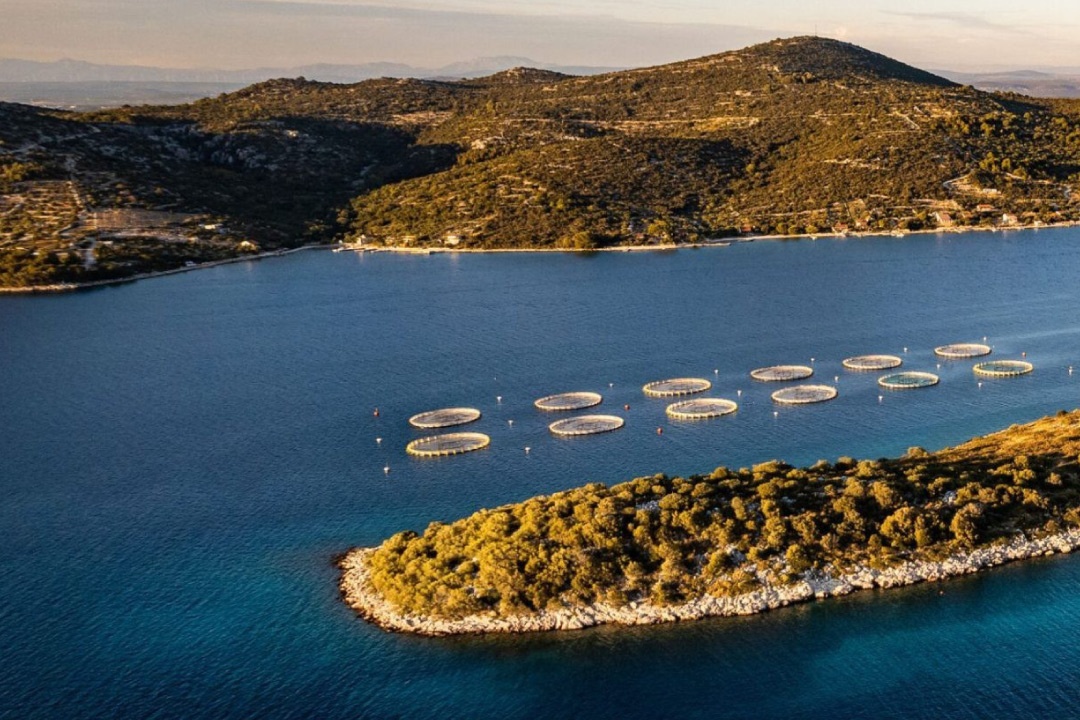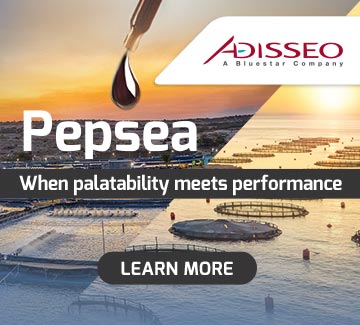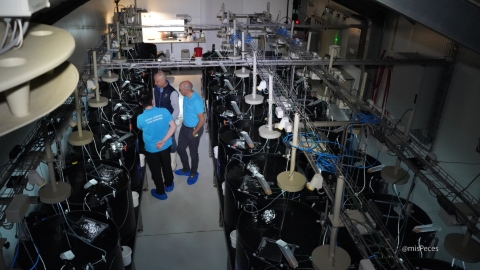
Along Croatia’s Adriatic coastline, stretching over 6,000 kilometres, lies an idyllic setting ideal for Mediterranean aquaculture. In 2021, Croatia produced approximately 10,000 tonnes of gilthead seabream and 5,000 tonnes of European seabass, both key species for the industry.
Traditional farming methods rely on floating cages for fish and long-line systems for cultivating mussels and oysters. The exceptional quality of Croatian seafood-renowned for its freshness and flavour-has fuelled high demand in markets such as Italy, Spain, and France. Consumers in these countries particularly value products sourced from sustainable farming systems.
One of Croatia’s standout advantages compared to other EU countries is its unique marine environment. The Adriatic’s cristal-clear, nutrient-rich waters offer a perfect hábitat for high-quality fish and shellfish. Additionally, Croatia’s rich fishing heritage which dates back centuries, has seamlessly evolved into modern and sustainable aquaculture practices. These integrate cutting-edge scientific innovation to ensure product quality while safeguarding the environment.
Challenges of aquaculture in Croatia
However, aquaculture in Croatia is not without its hurdles. One major challenge is the marked seasonality of marine species’ growth, driven by low sea temperatures during winter. This phenomenon, locally referred to as the “winter slowdown,” disrupts fish metabolism, curtailing growth rates and inflating production costs. Extended rearing periods to reach market size further strain operational budgets, reducing profitability.
To tackle this issue, efforts have focused on enhancing growth during the colder months. Recent research in the Zadar region highlighted the benefits of specialised feeds containing high levels of marine-derived proteins and fats. Under low-temperatures conditions (averaging 13.9ºC), seabream fed on these diets exhibited significantly better growth and feed efficiency compared to those on commercial feeds containing plant-based ingredients.
This breakthrough not only promises to improve producers’ economic outcomes but also to minimize the environmental footprint of aquaculture.
By blending tradition, innovation, and commitment to sustainability, Croatia is carving a path toward a future where aquaculture not only meets global market demands but also preserves the Adriatic’s unique ecosystems for generations to come.


